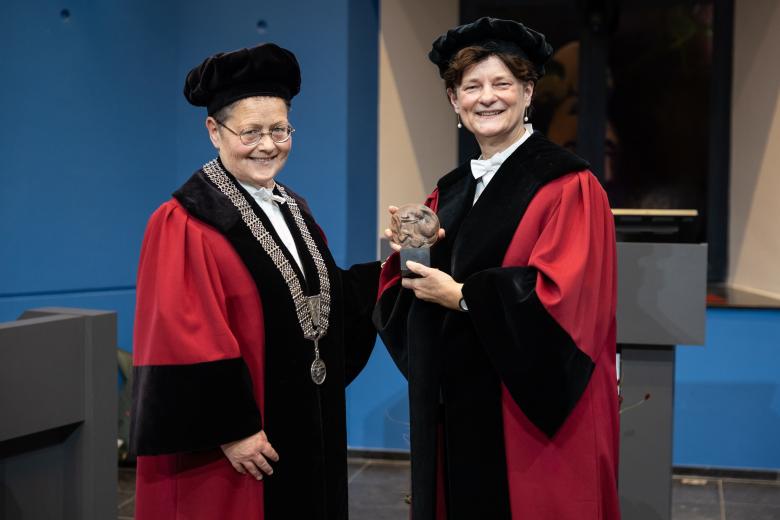UM toxicologists work on chemical safety tests
Scientists will be joining forces with the cosmetic industry over the next six years to produce tests that can measure the toxicity of chemicals. Since 2013, animals may no longer be used in the development of cosmetic products. The European Commission has reserved 30 million euros for the EUToxRisk project, 1.5 million of which will go to Maastricht University. UM, a world leader in the field of toxicogenomics, will be working on the RNA sequencing part of the project. Leiden University will be leading the consortium.
Since 2013 animals may no longer be used to test the safety of chemical substances in the development of cosmetic products. This ban has hampered progress in the sector, especially when it comes to innovation in cosmetics – for example, creams that are absorbed into the skin to reduce wrinkles and contain substances that end up in the human body.
There have been projects before that were meant to find alternative testing methods, unfortunately with little result. "It's going to work this time", says Jos Kleinjans, professor of Environmental Health Science at UM, "because the funding is now provided by a single party, it's one large consortium conducting the project, and the collaboration between public and private parties is better organised." Large companies like L’Oreal, BASF, Hoffmann-La Roche and Unilever are among the list of participants. "Together we aim to create usable tests within six years, developed using a range of new fit-for-purpose technologies", Kleinjans adds.
UM's contribution will involve the "sequencing" of RNA. "In short, it's a technology that allows us to study the human genome's response to harmful substances in greater detail. We can go deeper into cells than ever before, and pick up smaller signals more reliably." Kleinjans's research group introduced the technology to the field of toxicology in collaboration with the American Food and Drug Administration. The team plans to use RNA sequencing to measure the harmful effect of many chemical substances on the human genome.
The consortium aims to develop usable testing methods for the pharmaceutical, chemical and cosmetics industries. "We hope to create a kind of classification system for the tens of thousands of different chemicals used around the world. Our hypothesis is that if two chemical substances have the same chemical structure, they will also have the same safety profile. If that is the case, we can cover a great deal of ground. Naturally, this hope is based on science, but we'll be conducting plenty of solid research over the next few years to test whether this hope can hold up under closer scrutiny", Kleinjans resolves.
Also read
-
Prof. dr. Mirjam oude Egbrink awarded MUMC+-medal
During her farewell lecture on Friday, 28 November, Prof. Mirjam Oude Egbrink was awarded the MUMC+ medal by Dean Annemie Schols for her distinguished career.
-
A new wave of talent emerges from the School of Business and Economics
On Sunday, November 30, 2025, the Maastricht University School of Business and Economics (SBE) proudly celebrated the achievements of over 1,461 graduates from both bachelor’s and master’s programs. The festive ceremony took place at the MECC Maastricht and marked a significant milestone for the SBE
-
Neuroscience project by UM and Radboud University wins Computable Award
The project ‘Advanced Neural Control to Restore Brain Function’ won the Computable Award 2025 for best healthcare project.